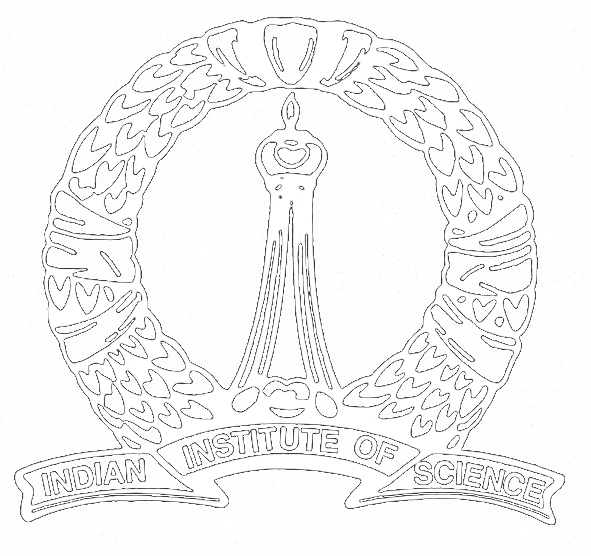APRG Seminar
Title: A unified view of space-time covariance functions through Gelfand Pairs
Speaker: Christian Berg (University of Copenhagen, Denmark)
Date: 01 September 2021
Time: 4 pm
Venue: Microsoft Teams (online)
In Geostatistics one examines measurements depending on the location on the earth and on time. This leads to Random Fields of stochastic variables $Z(\xi,u)$ indexed by $(\xi,u)$ belonging to $\mathbb{S}^2\times \mathbb{R}$, where $\mathbb{S}^2$–the 2-dimensional unit sphere–is a model for the earth, and $\mathbb{R}$ is a model for time.
If the variables are real-valued, one considers a basic probability space $(\Omega,\mathcal F,P)$, where all the random variables $Z(\xi,u)$ are defined as measurable mappings from $\Omega$ to $\mathbb{R}$.
One is interested in isotropic and stationary random fields $Z(\xi,u),\;(\xi,u)\in\mathbb{S}^2 \times\mathbb{R}$, i.e., the situation where there exists a continuous function $f:[-1,1] \times \mathbb{R} \to \mathbb{R}$ such that the covariance kernel is given as
\begin{equation} \mbox{cov}(Z(\xi,u),Z(\eta,v))=f(\xi\cdot\eta,v-u),\quad \xi,\eta\in\mathbb{S}^2,\;u,v\in\mathbb{R}. \end{equation}
Here $\xi\cdot\eta=\cos(\theta(\xi,\eta))$ is the scalar product equal to cosine of the length of the geodesic arc (=angle) between $\xi$ and $\eta$.
We require with other words that the covariance kernel only depends on the geodesic distance between the points on the sphere and on the time difference.
Porcu and Berg (2017) gave a characterization of such kernels by having uniformly convergent expansions
\begin{equation} f(x,u)=\sum_{n=0}^\infty b_n(u)P_n(x), \quad \sum_{n=0}^\infty b_n(0)<\infty, \end{equation}
where $(b_n)$ is a sequence of real-valued characteristic (=continuous positive definite) functions on $\mathbb{R}$ and $P_n$ are the Legendre polynomials on $[-1,1]$ normalized as $P_n(1)=1$. The result can be generalized to spheres $\mathbb{S}^d$ of any dimension $d$ and $\mathbb{R}$ can be replaced by an arbitrary locally compact group.
In work of Peron, Porcu and Berg (2018) it was pointed out that the spheres can be replaced by compact homogeneous spaces $G/K$, where $(G,K)$ is a Gelfand pair.
We shall explain the theory of Gelfand pairs and also show how recent work of several people can be extended to this framework.
The presentation is largely based on the recent paper of the speaker with the same title as the talk published in Journal Fourier Analysis and Applications 26 (2020).
- All seminars.
- Seminars for 2021
